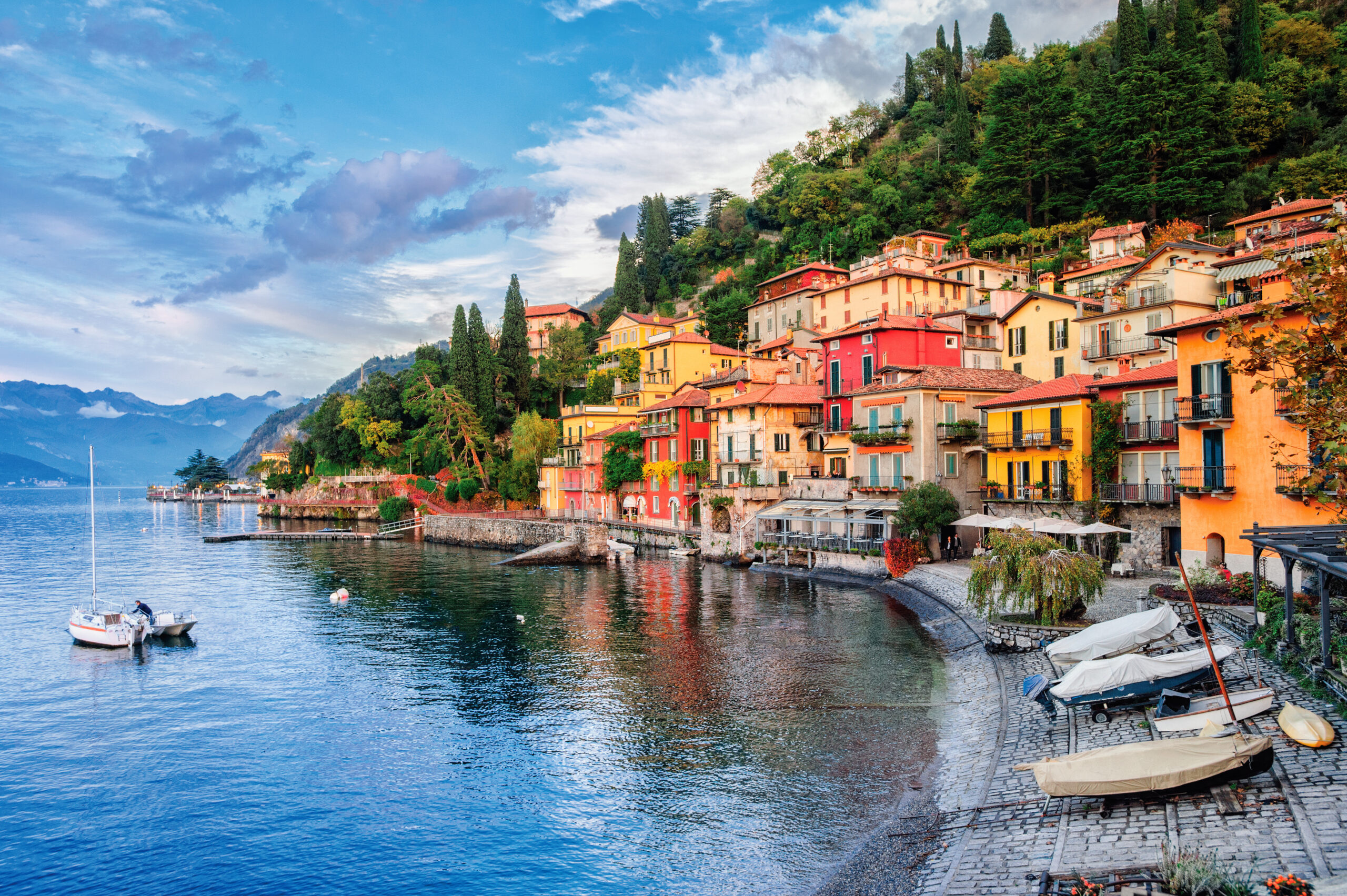Turning Sonoma County into a laboratory to test new strategies for cooling the globe. Plus: Sonoma: Beyond cap-and-trade
It looks like any other business park construction site: mounds of dirt pushed around by graders belching diesel smoke, concrete structures in various stages of completion, surveyors adjusting the tripods of their transits while simultaneously poring over blueprints. But this complex isn’t your everyday business-as-usual business park. For one thing, it’s in Sonoma County, a region better known for superb wines and dainty artisanal foods than dreary corporate developments. Indeed, large vineyards stretch just west of the construction site, and nature intrudes in unexpected ways. Two red-tailed hawks spar overhead, and a black-tailed jackrabbit crouches under a clump of mustard near a cyclone fence. Among the cattails, oaks, and willows cloaking a nearby creek, red-winged blackbirds, Pacific-slope flycatchers, and black phoebes squabble over nesting territory.
The park reflects local concern for this arcadian environment by incorporating an energy system that will slash power consumption, saving approximately 30 percent of heating and 60 percent of cooling costs. But this project is more than the latest permutation of “green” development. It’s an experiment as big as the county itself, largely conceived by UC scientists collaborating with other researchers and county staffers. And it’s an experiment that resonates far beyond the leafy frontiers of Sonoma County.
Under the plan, which has the working title of the Sonoma County Sustainability Initiative, the county will be transformed into a landscape-scale laboratory to test and refine technologies to combat global warming. Contemplated separately, some of the initiative’s goals, such as delivering water to farms and cities without any net release of carbon to the atmosphere, seem wonky to the point of brain death. But consider: Water delivery can account for up to one-fifth of the electrical power consumed in the western United States. Much of that electricity is derived from fossil fuel–burning power plants, which release copious amounts of carbon dioxide into the air. If a practical system can be devised to offset the carbon produced by water transport, it could be a big step toward cooling the planet.
Researchers from around the world have been invited to come to the Wine Country, reach into their black boxes, and subject their pet notions to grueling road tests. Already on the drawing boards are commercial and residential geothermal heating systems, the widespread use of photovoltaic panels, wind and wave energy complexes, fleets of plug-in hybrid cars, and “carbon reservoirs”—large tree plantations that draw carbon from the air and store it in the woody tissues of growing redwoods and firs. “We’ll be able to see what works and what doesn’t under field conditions,” says Randy Poole, the general manager of the Sonoma County Water Agency and a prime mover in the initiative. “Things that look promising under controlled laboratory conditions don’t necessarily pan out in the real world. Sonoma County has an incredibly varied topography and multiple microclimates—large plains and steep mountains, cool coastal regions and hot inland interiors. We can provide the scale needed to identify the truly practical systems and winnow out the inferior ones.”
Cordel Stillman, deputy chief engineer of the water agency, leads me up a grassy berm to reveal the technology behind the nascent business park’s energy-saving secrets. Long and lanky as an NBA star, Stillman has a career engineer’s unsentimental point of view and laconic, somewhat didactic conversational style, mitigated by large, dark eyes that seem to vibrate when he’s making a point. At the top of the mound, he gestures to a sizable reservoir of greenish water. Several mallards are paddling around the middle of it, quacking idly and grooming their plumage. “This holds, oh, about 100 million gallons,” Stillman says. He nods to another levee, across a small, marshy creek. “We have another reservoir over there, holding about the same amount. That should provide all the capacity we need.” By capacity, he means latent energy. The reservoirs hold treated wastewater, provided, conveniently, by a nearby sewage treatment plant operated by the water agency. In the most basic terms, these reservoirs will replace the standard heating and cooling units employed in typical commercial buildings. When the business park is completed, Stillman explains, the reservoirs will serve as heat sinks, with temperatures hovering between 55° and 60°F, regardless of season.
A heat sink is a substance or environment that can both store heat and transfer it rapidly to another object. In the case of the reservoirs and the business park, the water maintains heat from the ambient atmosphere. The reservoirs are big enough and Sonoma County’s climate sufficiently moderate so that the water stays within a narrow temperature range. To heat or cool the business park, water is drawn from the reservoirs to the complex’s buildings. Each has a heat exchanger to obtain heat from or transfer heat to the water. A compressor then uses this energy to warm or cool air. Because the water hovers close to the temperatures required for human comfort, around 60°F, much less energy is required to bring the buildings up or down to the desired temperature range. And once its heat energy is harvested, the water can be used to irrigate landscaping and nearby vineyards, or flush toilets.
Similar “geothermal” heat pump systems already are in use in individual homes in the Midwest and at a military housing tract at Ft. Polk in Louisiana. But those systems rely on capturing temperature differentials in subterranean pipes. Sonoma’s plan, which will incorporate two business parks and a large winery complex as pilot projects, is the first to address large commercial complexes, and the first to rely on wastewater as a heat sink. “Until now, this was something of an alternative technology that an ambitious handyman in the Midwest might use to reduce the heating and cooling costs in his home,” Stillman says. “But by scaling up the process and turning to water as a heat sink, we’re showing you can use these systems for large commercial, industrial and residential developments. And as you scale up, your savings in energy and reductions in carbon emissions become dramatic.”
Sonoma’s goals will seem hyper-ambitious to many energy pundits. What chance, after all, does a small county best known for exceedingly complex pinot noirs and bucolic lifestyles have of affecting national and international policies? Conventional wisdom dictates: none. A group of UC professors thinks otherwise. The county, they say, could be the fulcrum for a global tipping point. These days, says Dan Kammen, the director of UC’s Renewable and Appropriate Energy Laboratory, the only significant response to global warming is coming from the grassroots. The feds have whiffed. And while some states—most notably, California—have set lofty and laudable goals for greenhouse gas reduction, little has been implemented. It’s in the nation’s small to mid-sized communities that things are happening. Sonoma is at the vanguard with projects that are already breaking ground, but cities such as Santa Fe and Boulder also are proposing broad-based, technologically sophisticated responses to carbon emissions. These programs are so promising, Kammen says, they ultimately could serve as a template for a national initiative.
“The Sonoma plan is looking very, very attractive to me,” says Kammen, who looks preternaturally youthful for someone who took his Ph.D. 20 years ago. “Geothermal heat pumps are not a new technology, but the proposal to utilize them on this scale is new. It points to a ramping up of the technology that ultimately could make a huge difference.”
The Sonoma plan incorporates many of the elements promoted by Kammen’s lab, including the extensive use of plug-in hybrid cars, methane captured from landfills, liquid biofuels derived from waste products, and widespread employment of photovoltaic panels. Other academics, including Michael Hanemann, the director of Berkeley’s California Climate Change Center, and Margaret Taylor, an assistant professor at the Richard and Rhoda Goldman School of Public Policy, are also advising the county on its initiative.
Poole says the expertise and prestige provided by UC faculty members were essential in garnering $1 million in pilot project funding from the county board of supervisors. “Ultimately, their advice allowed us to go from a general idea to on-the-ground projects that could change the global economy.”
The water agency has its own greenhouse gas reduction goals—specifically, the delivery of “carbon neutral” water. That means all water served to the six cities, three special districts, and two counties by the agency will be obtained, treated, and delivered with no net release of carbon dioxide or other greenhouse gases. “Water essentially is publicly owned, and as a result there is no regulatory agency pushing energy efficiency,” Hanemann observes. “Water has been insulated from the pressures that the utilities and developers have felt. In California, the public debate over water has centered on the impact water development has had on fisheries, particularly in the Sacramento-San Joaquin Delta. But the other great environmental impact of water—the energy required to move it around, and the atmospheric carbon that energy consumption releases—isn’t addressed.” In Sonoma County, water transportation and treatment accounts for about 20 percent of the county’s energy consumption; that ratio holds true for the state as a whole, Hanemann says.
“That’s why the water agency’s target of ‘zero net carbon’ water delivery is so compelling,” Hanemann says. “First, it speaks to a major element of the greenhouse gas problem that hasn’t ever been addressed. Second, it can really work. It doesn’t necessarily require technology we don’t have. If the steps they’re proposing are fully implemented, they should be able to achieve their goal.”
For a nation stressed by unrelenting bad news about global warming, Sonoma’s initiative is heartening. But, says Kammen, it’s important to get the landscape-sized laboratory up and running. “The main framing point here is that we have a lot of approaches that individually are promising, but we have to determine their collective efficacy,” he says. “Personally, I think they’ll make a big impact—but we need to start scaling up now. We need to get moving.”






















